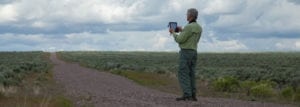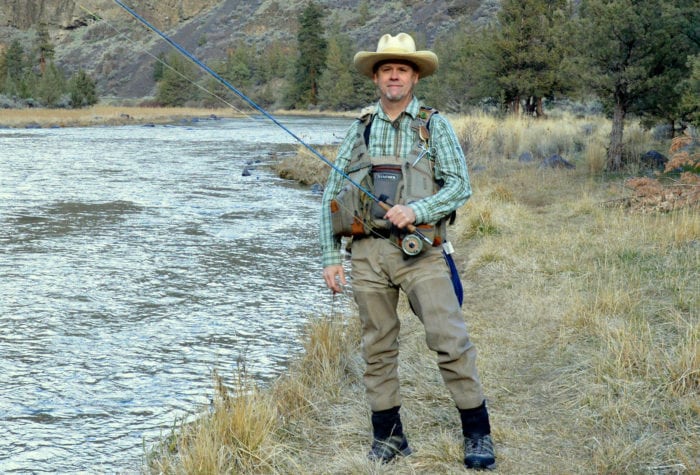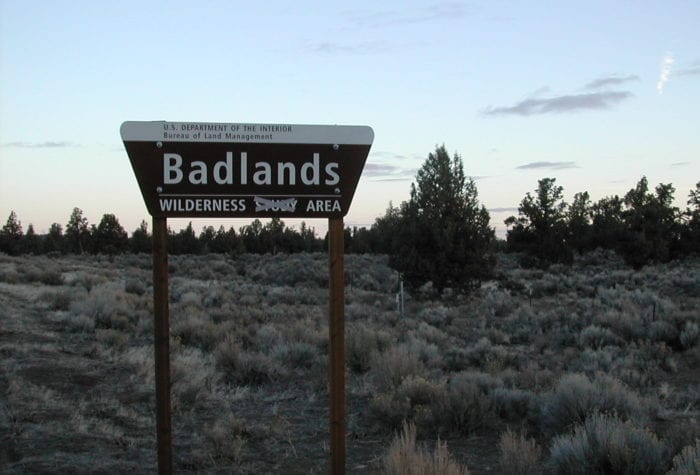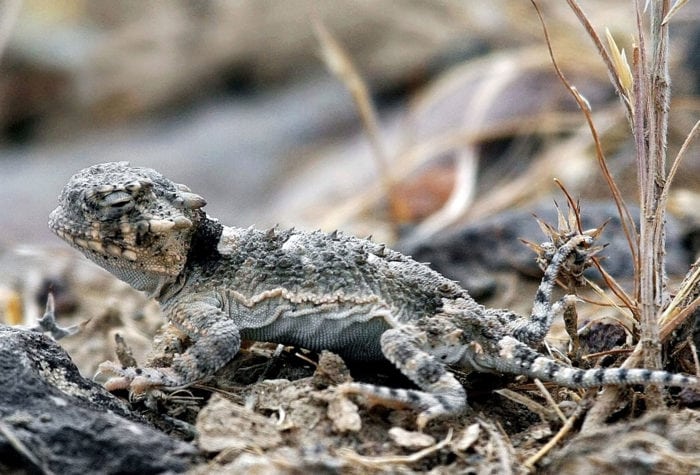Wildlands Monitoring Training
ONDA
| Organizer: Lisa Foster
Start Date: 5/21/2019 End Date: 5/22/2019 Region: Central Oregon Difficulty Rating: 1 out of 5 Maximum Group Size: 15 participants |
Project Background
The original 1964 Wilderness Act did not include lands managed by the Bureau of Land Management (BLM). In 1976 the Federal Lands Policy and Management Act passed and required the BLM to inventory the land they manage to consider which parcels possessed wilderness characteristics. It took the BLM 15 years to complete their inventory and the lands found to contain wilderness characteristics became Wilderness Study Areas (WSAs), managed to preserve their wilderness values until congress acts to formally designate them as wilderness. Today Oregon has 88 WSAs consisting of nearly 2.8 million acres.
About the Independent Stewards Training
ONDA has formed cooperative agreements with several BLM district offices to conduct annual monitoring of Wilderness and Wilderness Study Areas (WSAs) in eastern Oregon. ONDA will rely on Independent Stewards to help get this important work accomplished. Once stewards are trained, they can go out on their own year-round and make sure that these special places are being cared for.
Trip Timeline
- Enjoy a campout near Steelhead Falls, less an hour drive from Bend, and learn how to monitor Eastern Oregon’s wild places. At this training you will learn how to make field observations and record what you find using mapping apps on tablets and phones.
- May 21, Tuesday (Noon): Volunteers should plan to meet at our campsite near Steelhead Falls to set up camp and start our training, then enjoy a laid back evening around the fire.
- May 22, Wednesday: We will start our training at 8 a.m. in camp by learning the basics of the digital tools we use in the field to collect data. We will head into the field after lunch to test out our new skills for a few hours before we meet back at camp to debrief and troubleshoot any issues identified during our practice run. We should wrap up the training by 4 p.m.
Camp
This trip will involve car camping at Steelhead Falls, less an hour drive from Bend, and within a stone’s throw of two WSAs which we will practice our monitoring techniques in. We will be camping near the Deschutes River and will have access to the outhouse. There are trees for shade and plenty of space to pitch a tent. Participants need to bring or filter water and have a tent capable of handling cold temperatures, rain, and wind… or the ability to sleep comfortably in their own vehicles.
Difficulty
Volunteers will spend the morning learning to use digital monitoring tool from the comfort of camp. In the afternoon, a training on how to collect field data will require about 3 miles of hiking, potentially on uneven terrain.
Participant responsibilities
Participants are responsible for their own food, water, camping gear and transportation to and from the trip. Sturdy off-trail ankle-high boots are recommended for this trip. Participants should be prepared to be away from camp for about 4 hours on Friday or Saturday afternoon. If you have a tablet device or phone that you would prefer to use for monitoring, bring it. A more complete packing list will be sent out three weeks before the trip starts.
Gear provided
ONDA will provide the maps and digital tools required for the work. We will bring some group camping equipment (shade tent, tables for cooking, wash bins for kitchen cleanup, a privy), potable water and excellent guidance in the field.
Registration
An ONDA registration application and medical form are required for this trip.
Apply Now
You only need to fill this form out once per year and can join additional trips this year by e-mailing the trip leader directly. You will receive a confirmation e-mail within 10 working days of submitting your form. The confirmation e-mail will provide information regarding which trips you are on the “participant list” for, and which trips are full, and therefore you have been placed on the “wait list.”
Six weeks before the start of the trip, the trip leader will send out an RSVP to make sure everyone is still able to participate. Based on RSVPs, open spaces will be backfilled with people from the waitlist.
Three weeks before the trip start date, registered and confirmed participants will receive driving instructions, maps, car-pooling options, and additional information in an email sent by the trip leader.
If you have any questions in the meantime, please don’t hesitate to contact the trip leader.
This training will be led by Lisa Foster. If you have questions, you can contact her at (541) 330-2638 or email lisa@onda.org.
Restoring Desert Ecosystems
ONDA works with partners, communities and the public to improve habitat quality, create healthy ecosystems, sustain clean water and support biodiversity in the high desert’s most ecologically important areas. What […]
Read More

